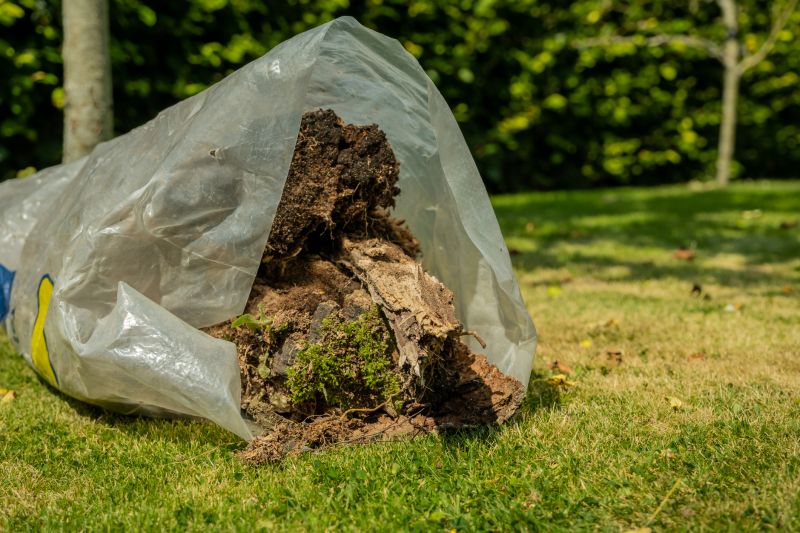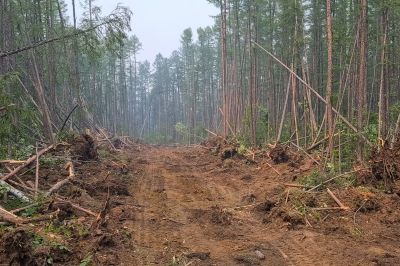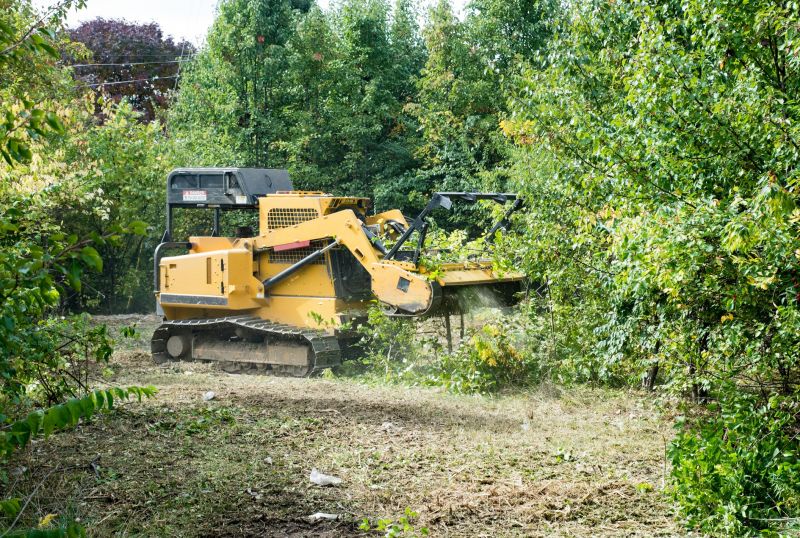Easement Land Clearing to Enhance Property Value
Easement land clearings involve the removal of vegetation, trees, and debris to create or maintain access rights across private or public land. These clearings are essential for infrastructure projects, such as utility lines, pipelines, and access roads, ensuring safe and reliable passage. Properly executed easement land clearings can prevent future obstructions and facilitate ongoing maintenance activities.

Assessing the land to determine the scope of clearing required, including identifying potential hazards and environmental considerations.

Removing trees, shrubs, and underbrush to establish a clear pathway for utilities or access routes.

Preparing the cleared area for subsequent construction or installation activities, including grading and debris removal.
The process of easement land clearing typically involves several stages, beginning with a detailed survey and assessment. This is followed by the removal of vegetation and debris, often utilizing heavy machinery to expedite the work. The duration of a project depends on the size of the area, the density of vegetation, and specific site conditions. On average, a professional team can complete small to medium-sized easement clearings within a few days to a week.
Engaging experienced professionals ensures that the clearing is performed efficiently, safely, and in compliance with relevant regulations. They utilize specialized equipment and techniques to minimize land disturbance and ensure the stability of the remaining landscape. Properly executed land clearings can prevent future access issues, reduce maintenance costs, and support the longevity of infrastructure installed within the easement.
Experienced crews can complete easement land clearings rapidly, reducing project timelines and minimizing disruptions.
Professionals follow safety protocols to manage hazards such as falling trees, unstable terrain, and equipment operation.
Adherence to local regulations and land management guidelines ensures legal and environmental compliance.
At the conclusion of the clearing process, the land is often stabilized and prepared for the next phase of development or installation. Visual evidence of completed work includes neatly cleared pathways, minimal residual debris, and well-maintained surroundings. Properly restored and cleared easements facilitate ongoing access and reduce the likelihood of future obstructions.

A well-maintained pathway cleared for utility line installation, with minimal disturbance to surrounding land.

A cleared and graded access route suitable for construction vehicles and maintenance crews.

Residual landscape after clearing, showing clean edges and organized debris removal.
For those considering easement land clearing, obtaining a detailed quote from a qualified professional is recommended. They can assess the specific requirements of the project, provide an accurate timeline, and outline the scope of work. Filling out the contact form can facilitate a comprehensive estimate tailored to the land's size and complexity, ensuring clarity and preparedness for the project ahead.
